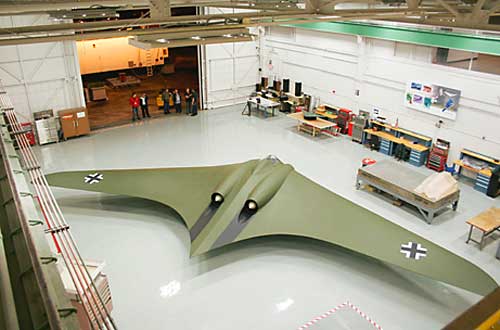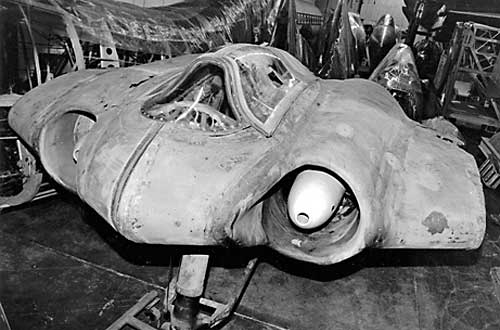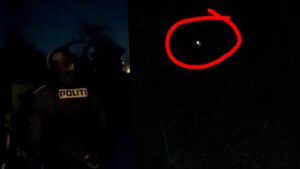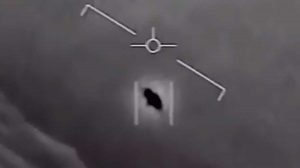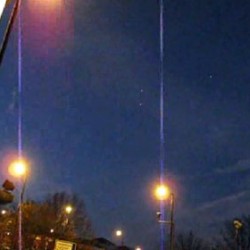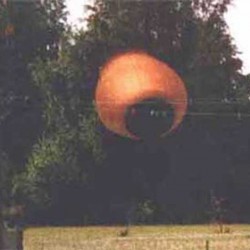Top stealth-plane experts have re-created a radical, nearly forgotten Nazi aircraft: the Horten 2-29, a retro-futuristic fighter that arrived too late in World War II to make it into mass production.
The all-wing Ho 2-29 looked more like today’s U.S. B-2 bomber, or something from a Star Wars prequel – than like any other World War II aircraft.
Made primarily of wood and powered by jet engines, the plane was designed for speeds of up to 600 miles an hour (970 kilometers an hour).
Armed with four 30mm cannons and two 500-kilogram (1,100-pound) bombs, the planned production model was also meant to pack a punch.
A Ho 2-29 prototype made a successful test flight just before Christmas 1944. But by then time was running out for the Nazis, and they were never able to perfect the design or produce more than a handful of prototype planes.
Determining the Horten’s stealth capabilities could help reveal what might have happened if the Ho 2-29 had been unleashed in force.
The Horten Ho IX (often called Ho 229, or Gotha Go 229 due to the identity of the chosen manufacturer of the aircraft) was a late-World War II prototype flying wing fighter/bomber, designed by Reimar and Walter Horten and built by Gothaer Waggonfabrik. It is the first pure flying wing powered by a turbojet, and has been described by some as the first aircraft designed to incorporate stealth technology. It was a personal favorite of German Luftwaffe chief Reichsmarschall Hermann Göring, and was the only aircraft to come close to meeting his “1000, 1000, 1000” performance requirements. Its speed was estimated at 1,024 km/h (636 mph) and its ceiling 15,000 meters (49,213 ft).
Source: National Geographic.

